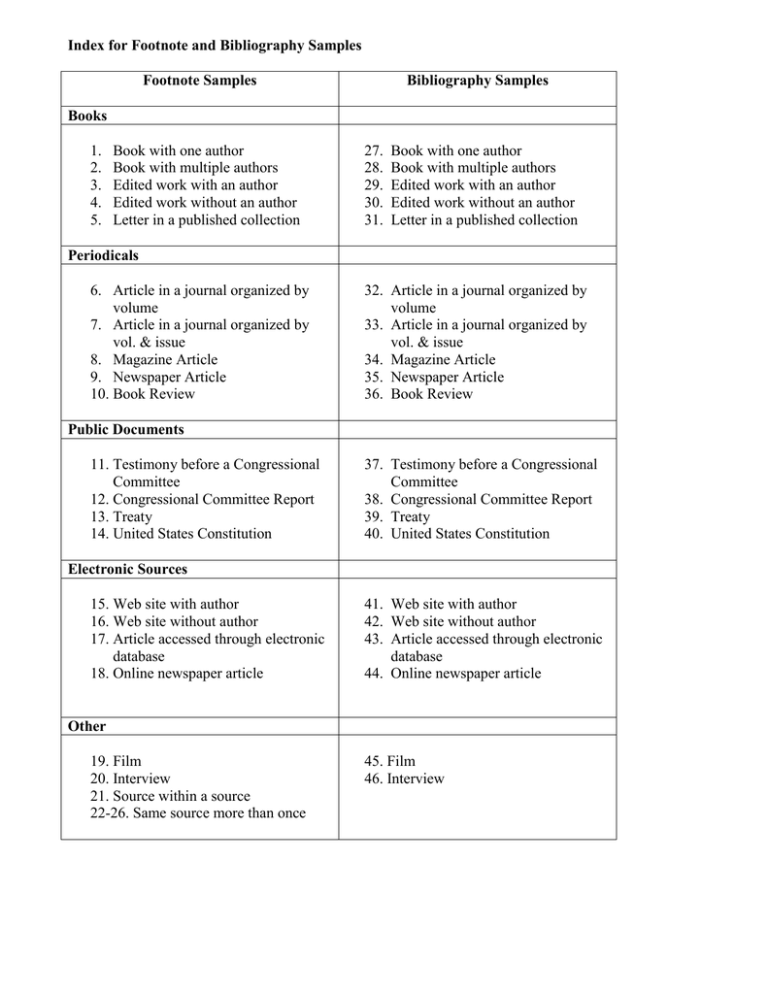

The strategies, global action plans and recommendations developed recently by the ‘Tripartite’ of UN agencies leading the response at the global level – the World Health Organization (WHO), the Food and Agriculture Organization (FAO) and the World Organisation for Animal Health (OIE) – set out a comprehensive range of sound interventions for countries to write into their national action plans on antimicrobial resistance. It needs a coordinated, multisectoral response.Ĭurrent multilateral approaches, though extensive, are insufficient in key respects. It cannot be tackled successfully by a single country or international agency. Resistance is therefore a complex problem that also affects food and the environment, and it transcends borders.

However, a critical missing piece to the response is a global governance mechanism.Īntibiotics are used to treat infections not only in humans, but also in animals and plants. In the last few years, international agencies have developed strategies and guidance that identify and recommend evidence-based interventions. While bacteria have a natural ability to develop resistance, making some level of antibiotic resistance inevitable, persistent misuse and overuse of antibiotics in humans and animals have encouraged the pace at which resistance develops to accelerate. The potential impact of antibiotic resistance also threatens development and the global economy: recent estimates warn that the economic damage from uncontrolled antimicrobial resistance could be comparable to that of the 2008 financial crisis. Drug-resistant infections are already estimated to kill at least 700,000 people a year, and could kill 10 million people a year by 2050 if left unchecked. It is an opportunity that should be seized.Īntibiotics are a core tool of modern medicine, but are increasingly being rendered ineffective by the ability of bacteria to develop resistance. This confluence of factors makes the possibility of negotiating a global treaty aiming to reduce misuse and overuse of antibiotics in humans and animals more viable than ever before. The issue of increasing antibiotic resistance, and the need to use antibiotics more wisely, has gained recognition at the highest political echelons, and there is evidence for antibiotic-conserving interventions that all countries could adopt to reverse the global threat. There is an urgent need to bring global governance to the effort to preserve the effectiveness of antibiotics. Photo: Yuri Smityuk/ITAR-TASS Photo/Corbis. High-level complex of physiologically active antibiotic substance extracted from blastema at the Arctic Innovation Center (AIC) of Ammosov, North-Eastern Federal University (NEFU) in Yakutsk.


 0 kommentar(er)
0 kommentar(er)
